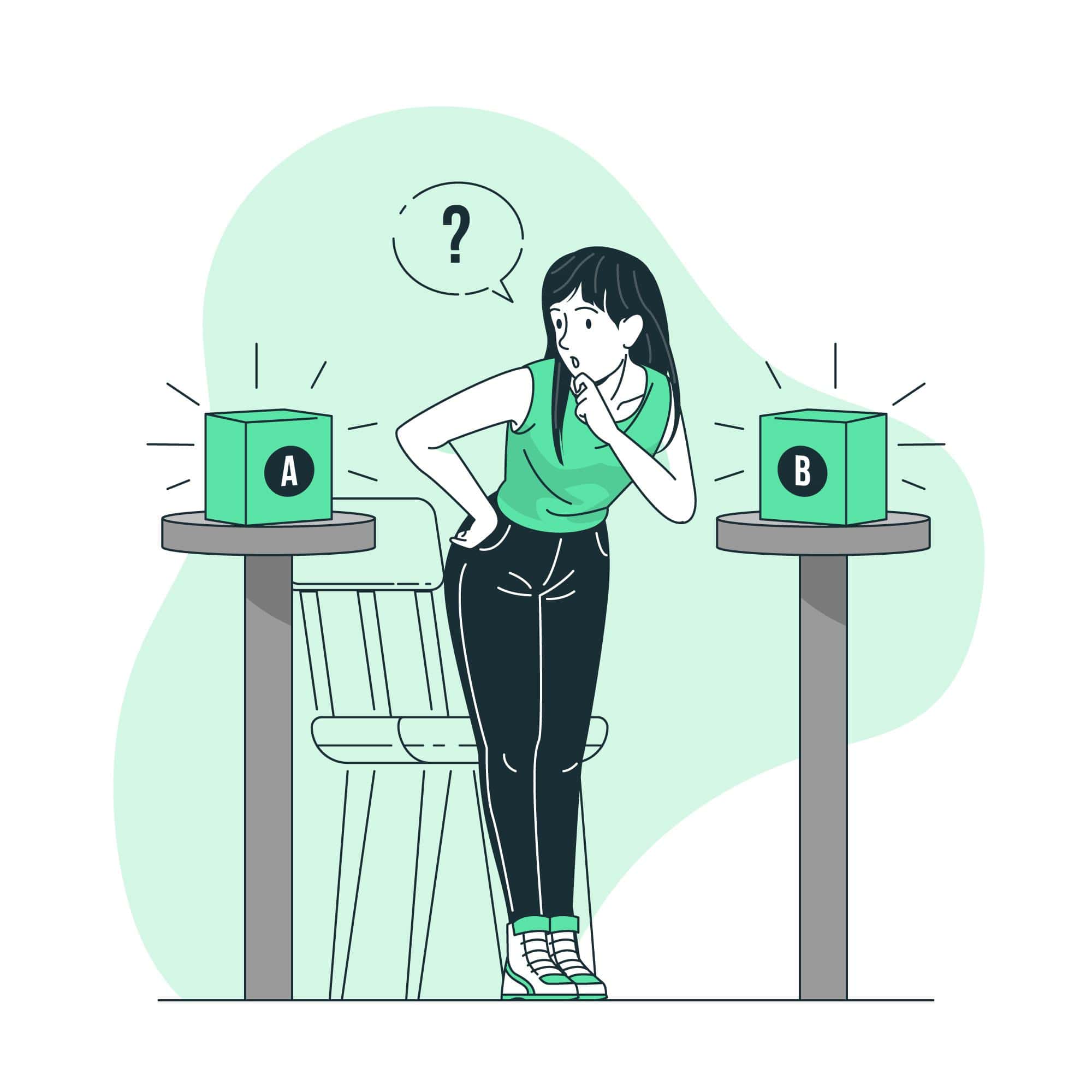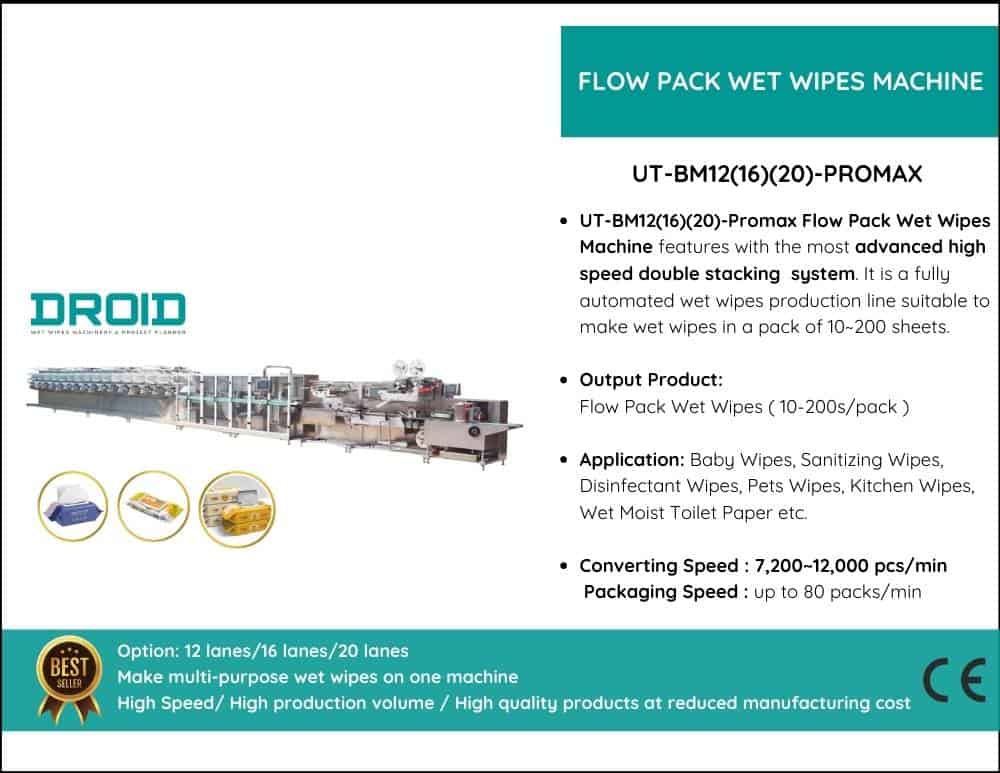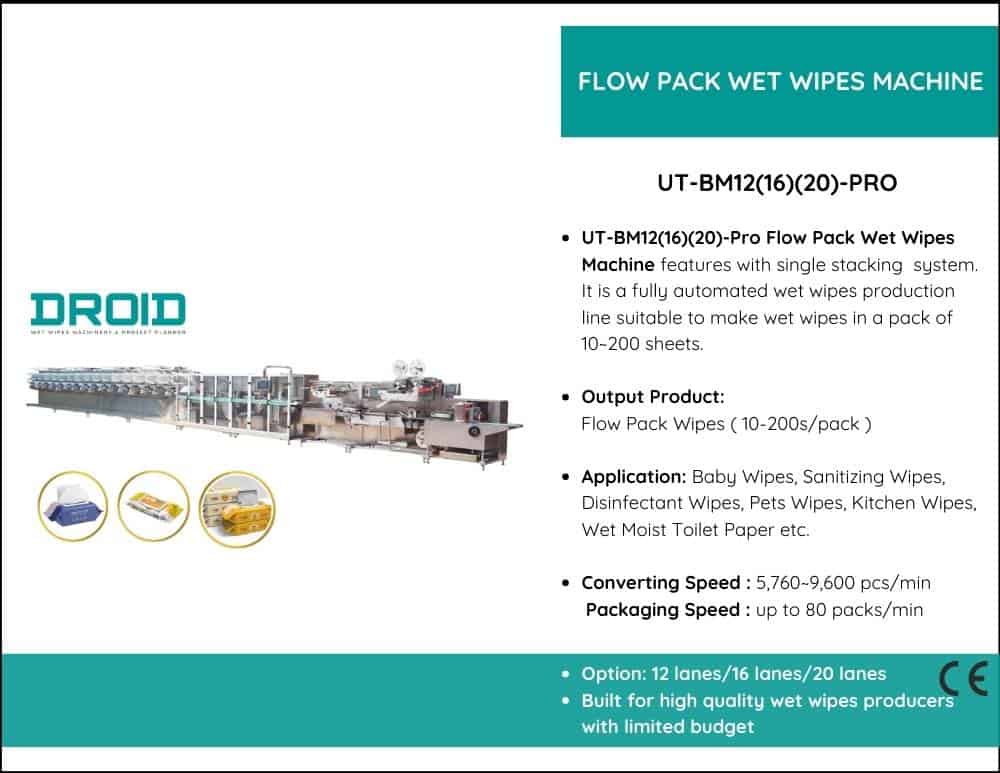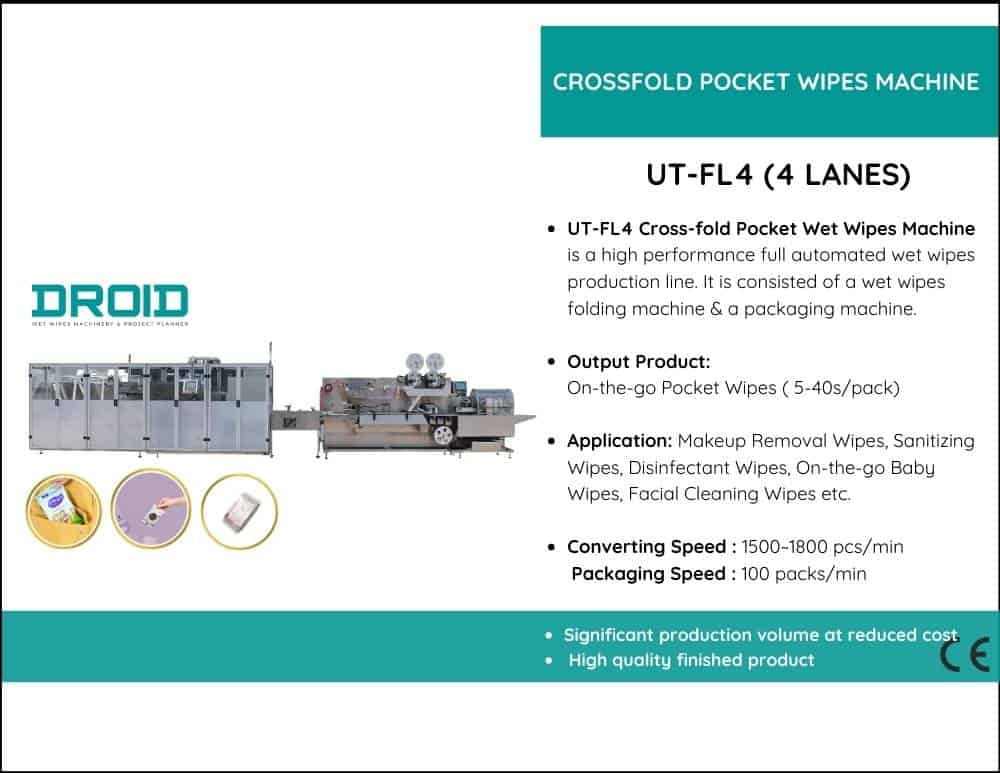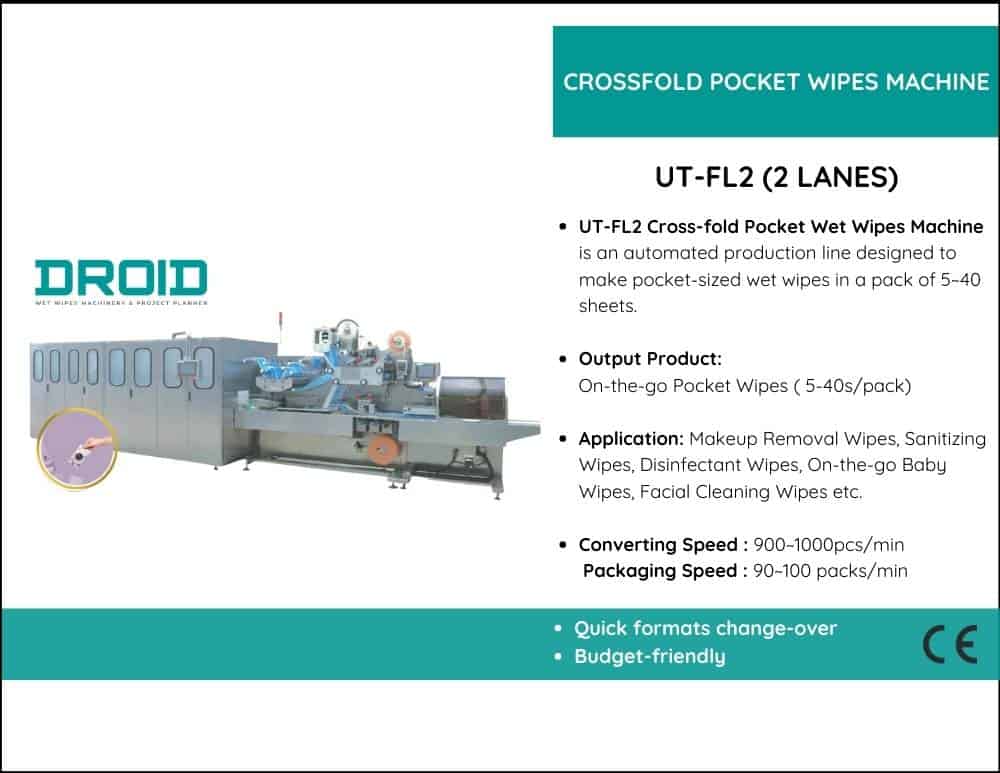The price of a wet wipes machine in 2025 is based on several key factors. Knowing about these things, such as the type of machine and safety standards, helps buyers make informed, cost-effective choices for their production line.
1. Machine Type and Automation Level
The cost increases as the machine becomes more automated. Fully automatic wet wipes machines cost significantly more than manual or semi-automatic types because they perform all the folding, wetting, cutting, and packing in one continuous line. However, they save money on labour and ensure that tasks are completed more quickly and consistently, especially when done on a large scale.
2. Production Speed and Output
The price increases for high-speed machines that can produce more than 100 packs per minute. These machines have robust servo systems and clever control. Models with slower speeds (30–60 packs/min) are less expensive and better for small or new producers. Selecting the right speed ensures that budget and output needs are balanced.
3. Packaging Integration
Because they are more complicated and utilize more technology, machines with built-in lid applicators, labeling units, and automatic palletizers cost more. These add-ons reduce manual work and streamline processes, making things run faster and more efficiently. Over time, they can make a big difference in return on investment and efficiency.
4. Material Compatibility
Some tools can work with various types of nonwoven materials, including spunlace, recyclable, and alcohol-resistant bases. These tools can perform more tasks, but they require more precise construction, which makes them more expensive. If you sell baby wipes, cleaning wipes, or eco-friendly wipes, it’s especially important that the materials you use are flexible.
5. Customization and Branding Needs
Custom-built tools that can fold in specific ways, stamp with a brand, or make packages in specific shapes usually cost more. Customised solutions are perfect for brands, but they typically take more time to develop. Investing in customization can help a product stand out and appeal to the market.
6. Compliance and Certification Standards
Machines that meet FDA, CE, or GMP cleanliness standards typically feature frames made of stainless steel, sealed containers, and designs that facilitate easy cleaning. These improvements ensure that your products meet foreign standards, primarily if they are intended for export. They make the machine more expensive, but they build trust over time and let more people use it.





